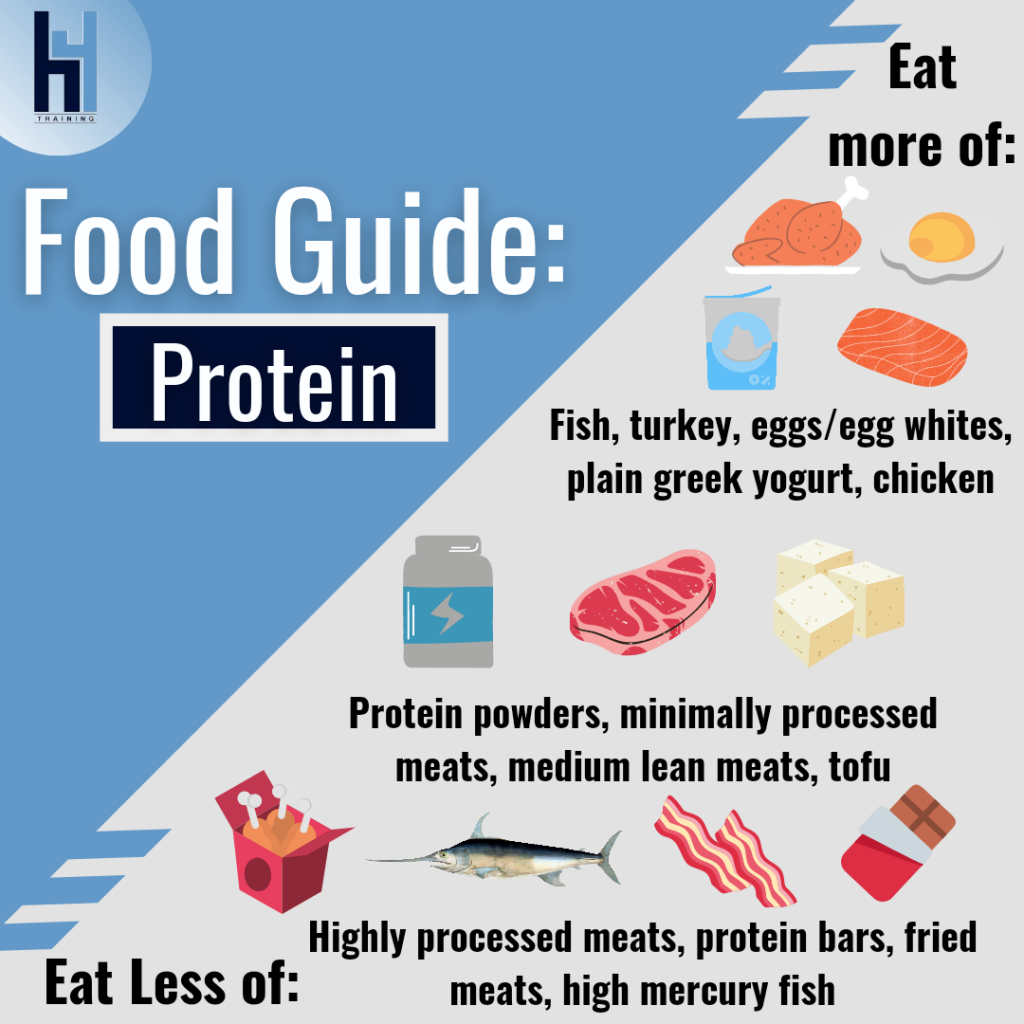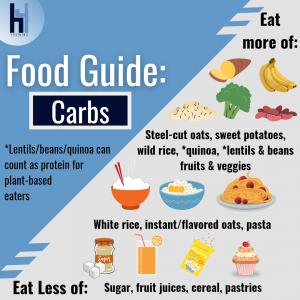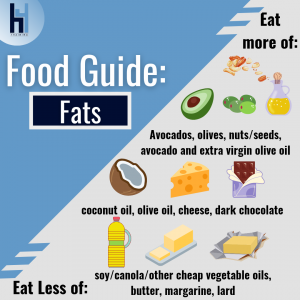Jun08Best & Worst Foods to Eat For Each Food Group
We all know that eating healthy is important; the key is knowing which foods are the best options and which should be limited. The big three groups are protein, carbs, and fats. These are the 3 broad classes of nutrients, and every single piece of food would belong to one of these groups.
Now, what are the best foods for each group? That’s what we’ll be going over in this post.
Best/Worst Foods for Protein
Proteins are the building blocks of our body. It helps us retain & build muscle and other tissue, among other functions. We need quite a bit of it, but it shouldn’t be that hard to get an adequate amount in the diet. You should be eating more of the whole, natural variety rather than processed kind. These whole foods are going to have more nutrients, and be more filling.
Some of the best sources that you should be eating most of the time are:
- chicken
- turkey
- fish
- eggs/egg whites
- plain greek yogurt
Sources of protein that you can eat moderate amounts of:
- protein powders
- medium lean meats (lean red meat, dark chicken, etc.)
- tofu
- minimally processed meats (think whole chicken/turkey prepared from a health food store)
Sources that you should eat less often:
- highly processed meats (fried chicken, fried steak, fast food burgers, bacon)
- high mercury fish (swordfish, ahi tuna, basically any large, mainly sea fish)
- protein bars
Best/Worst Foods for Carbs
Carbs are our main source of energy. The glucose in carbs is converted into energy that our whole body uses – from our muscles to our brain, liver, etc. This is why a banana before a workout can be helpful, as we use the energy absorbed from the food in our workouts.
The best sources are ones that have tons of nutrients and are slower digesting.
You should eat more of:
- fruits & veggies (duh, eat a ton of these!)
- beans & lentils (also counts as a protein source for vegans/vegetarians, otherwise a carb)
- steel cut and old fashioned oats
- sweet potatoes and other variants (sweet potatoes are usually best, but all potatoes have a bunch of good nutrients – put them in your diet!)
- wild and brown rice
Eat a moderate amount of:
- pasta (more so the white pasta)
- white rice
- flavored instant oats
- “healthier” cereals (think minimal-sugar variants, more added vitamins and minerals.)
Eat less of:
- table sugar
- fruit juices
- traditional cereals
- baked goods
Best/Worst Foods for Fat
Fats sometimes still get a bad rap, even though the myth of them being “fattening” has been debunked. Fats don’t make you gain weight – neither do carbs by the way – but an excess of calories do. Fats are very important; they help with functions of the brain, regulation of hormones, and other organs.
Fats are the most calorie-dense macronutrient, so knowing which forms to eat is important.
You should be eating more of:
- avocados
- olives
- nuts and seeds
- avocado oil and extra-virgin olive oil (cold-pressed)
Eat moderate amounts of:
- coconut oil/coconut flesh
- cheeses
- dark chocolate
- extra virgin olive oil (not cold-pressed)
Eat less of:
- cheap vegetable oils (soy, canola, rapeseed, etc.)
- margarine (basically same as vegetable oil)
- butter
- lard
Eat More Whole Foods
The best way to go about eating good food? Eat real, whole foods. These types of foods will be minimally processed, have more nutrition, and will give you better health. Eat more fruits & veggies, eat more protein based on whole foods, and enjoy other things in moderate amounts.




